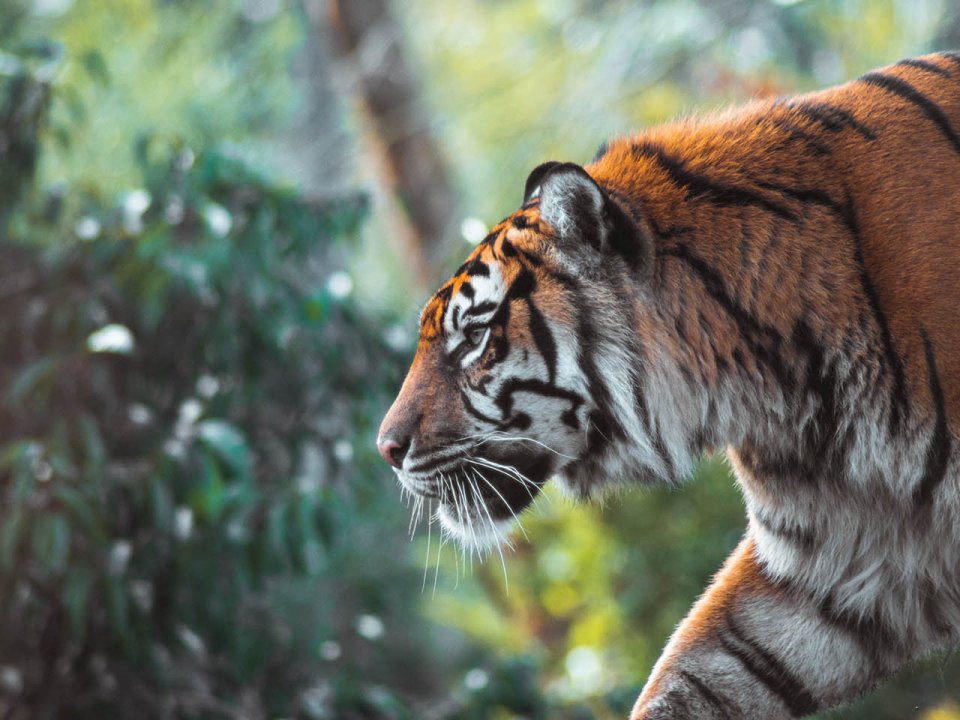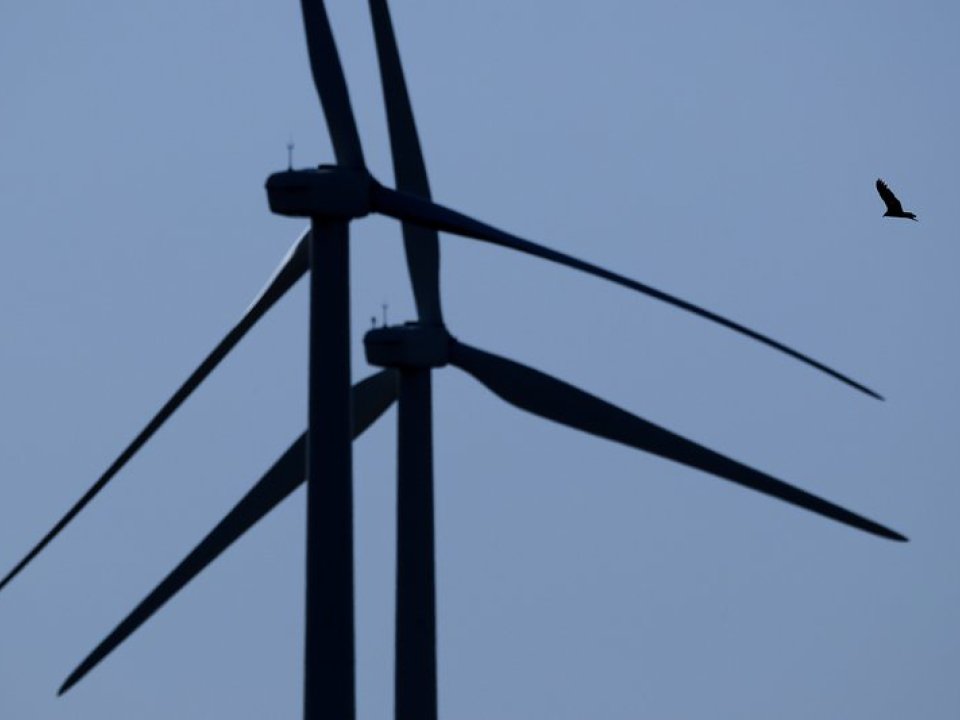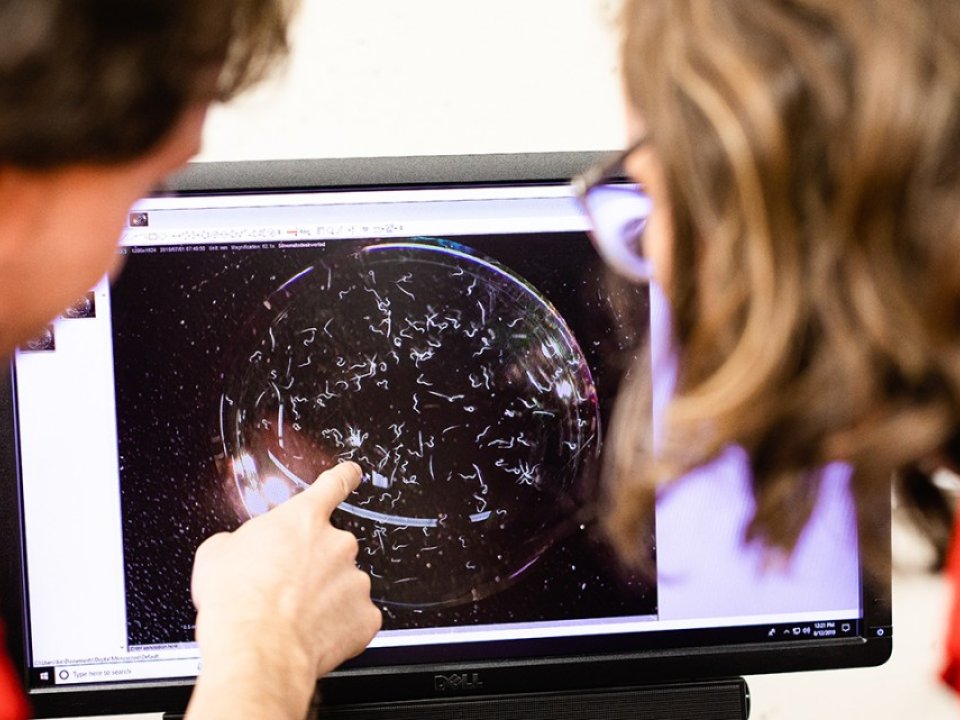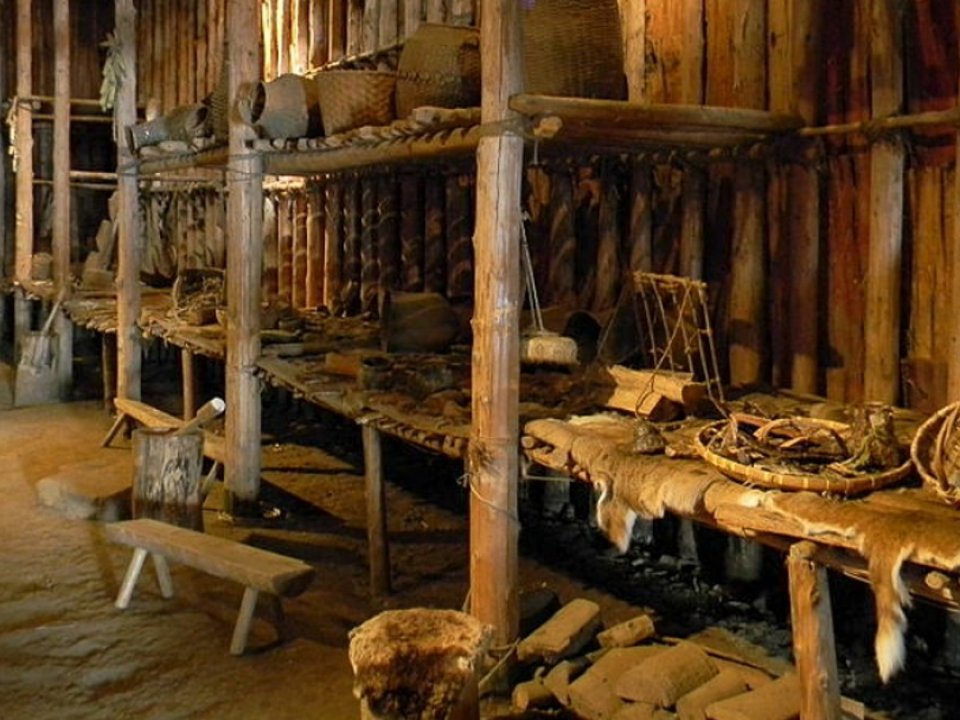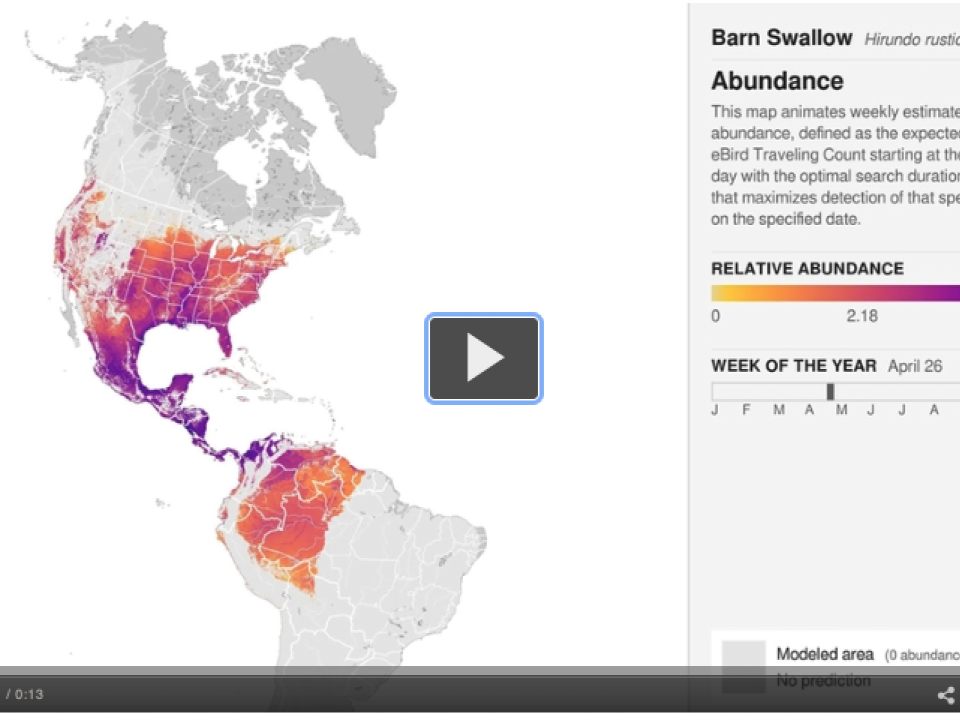News
Samples for testing the tiger for coronavirus were noted to have been sent to the New York State Diagnostic Laboratory at Cornell.
Cornell is noted as a member of the newly unveiled group, International Universities Climate Alliance, whose goal is to press for action on climate change.
"Just pulling those cruise ships out of the water is going to reduce the amount of global ocean noise almost instantaneously," says Michelle Fournet, postdoctoral associate in the Lab of Ornithology. "We're experiencing an unprecedented pause in ocean noise that probably hasn't been experienced in decades."
“As cities get quieter, it would be reasonable to imagine that we might see effects on birds’ willingness to sing or even on population densities,” says John Fitzpatrick, professor of ecology and evolutionary biology
Stephen Yale-Loehr, professor of immigration law and Jaclyn Kelley-Widmer, assistant clinical professor of law, co-write this opinion piece stating that immigration courts should be closed to align with social distancing guidelines.
“If we’re talking about over decades, and a billion birds already are killed by industry annually, that does start really adding up pretty quickly,” says Amanda Rodewald, professor of natural resources. “We’re talking about a scale of mortality that’s substantial, that would be meaningful ecologically and biologically.”
“We are basically using a lot of energy at home right now, much more than before, so really I’m seeing a shift from commercial to residential,” says K. Max Zhang, professor of mechanical and aerospace engineering.
As plants try to strengthen their defenses against nematodes, those parasites try to outsmart them. New research shows that nematode species that move from plant to plant cause more than mechanical damage.
New research is clarifying the historical timeline for the dates of occupation at four Native American settlements in New York’s Mohawk Valley.

